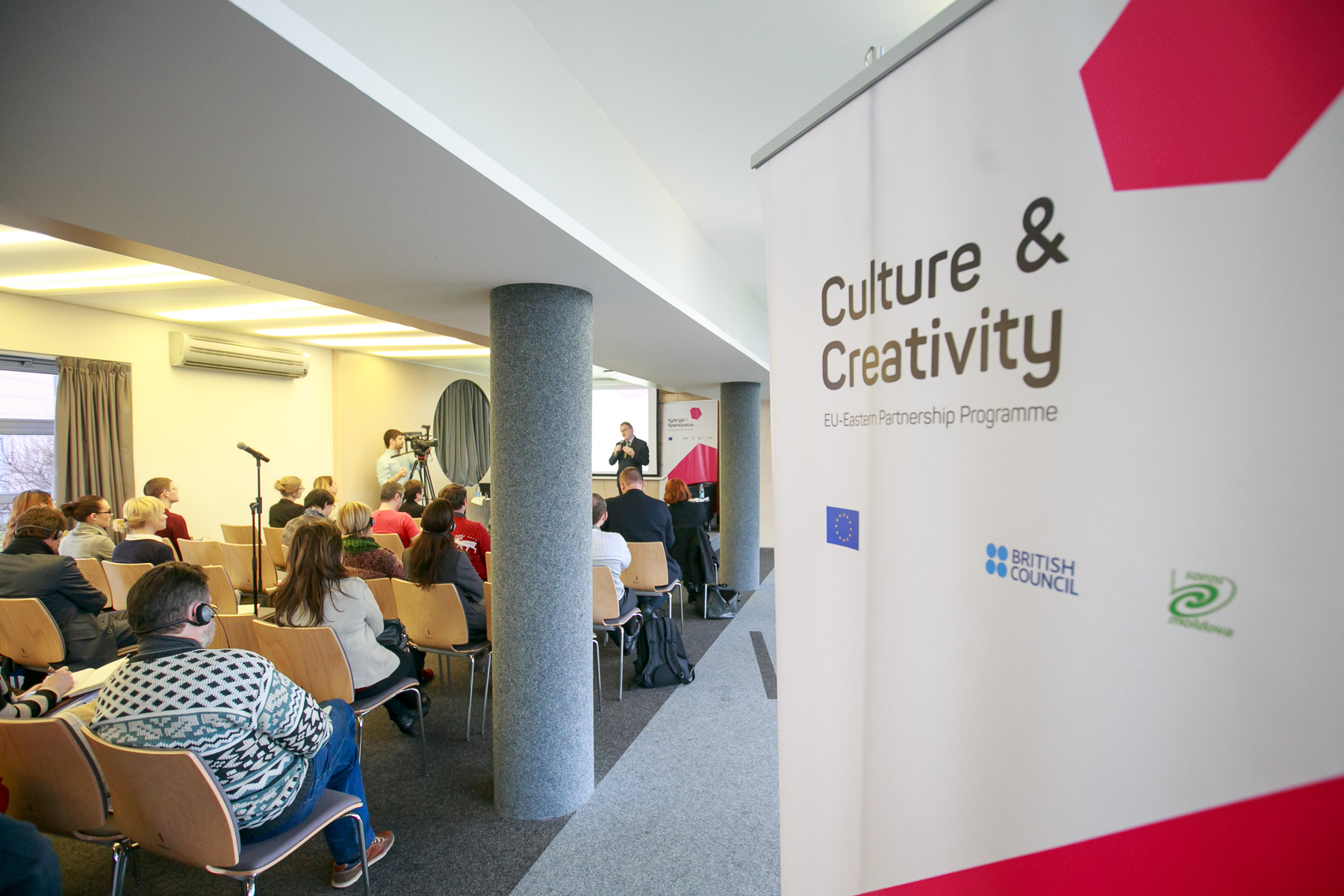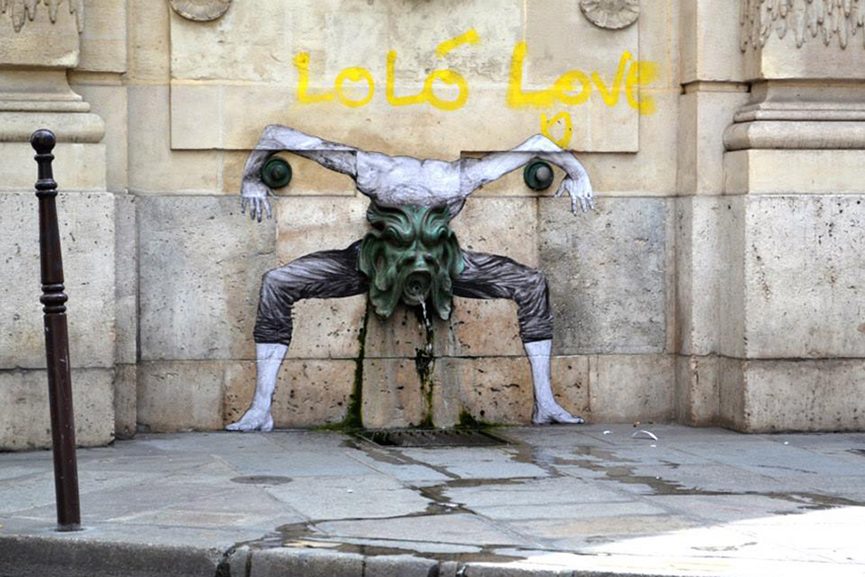
Ragnar Siil: Absolutely all areas of creative industries can be useful for business
Interaction between creative industries and economy
Creative industries traditionally include only specific subsectors like music, design, architecture, cultural heritage and crafts, visual arts, performing arts, film, media, publishing, entertainment IT, and advertising. Creative economy however looks at how all these creative industries add value to the rest of the economic sector and society at large. It is hard to imagine strong creative economy without strong creative industries sector and skilled professionals.
Absolutely all areas of creative industries can be useful for business, actually all areas can be mutually beneficial to each other. In terms of festivals, the research made in Estonia showed that on average 1 EUR in the budget of a local cultural festival leaves 4 EUR directly to the local economy through increased turnovers and employment.
Culture matters
Culture itself doesn’t have to bring profit, but culture and creativity are important for others to add value to their products and services, to give new impetus for local and regional development.
For example, some museums operate very successfully earning lots of incomes and attracting lots of visitors. But not all the museums can or need to do this, but even if the museum itself is not profitable, it is an important element in cultural tourism, which means profit for other companies like hotels, restaurants, tour operators, etc.
And finally, not all positive impacts should be measured in terms of financial profitability. Culture and creativity are crucial source of innovative (non-technological) solutions to tackle some of the critical issues we are facing, including climate warming and waste management, integration and social cohesion, changing our education system to prepare children for future with critical thinking and problem solving skills, just name a few.
Ukraine: challenges in сreative sector
Lots of changes have already been made, but the key message is that Ukraine needs two critical things. Firstly, it needs to build trust between government and civil society, between business and cultural sector, between traditional forms of culture and new contemporary fields of culture. The processes need to be more open, inclusive and transparent. Secondly, Ukraine needs a strategic approach in developing its cultural sector and creative industries. There is not “one big thing” that solves everything, it will be series of many small things over many years that will have the desired effect. This strategic approach needs to involve stakeholders from central and local government, business, cultural sectors, civil society and education.
The rest of the measures can be build on top of these two preconditions.
Of course there is a need for better data and statistics, we need better skills for managers and creative professionals, we need to raise awareness of all stakeholders, we need to facilitate access to finance for creative entrepreneurs, we need to create spaces and places for creatives to operate, we need to develop necessary services for creative entrepreneurs, we also need to support exports, internationalisation and building cross-border links with others.
Interviewed by Alena Nagaevshchuk




